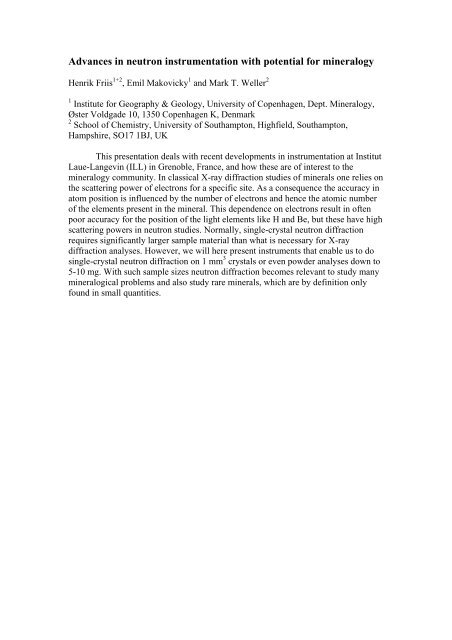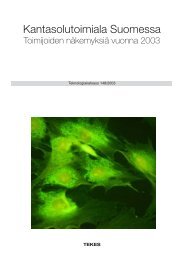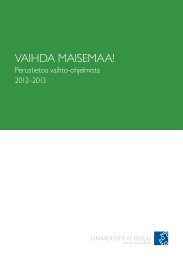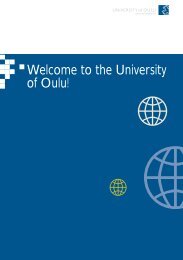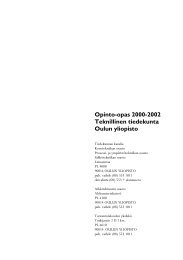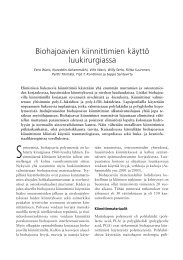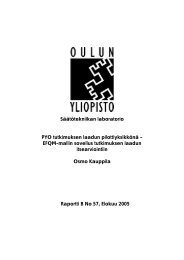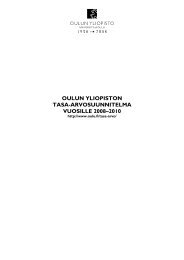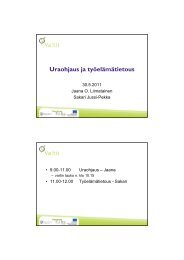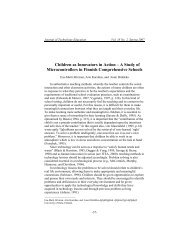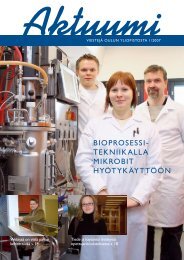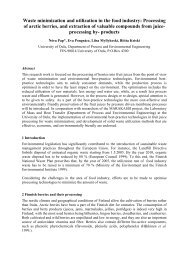Meeting programme - Oulu
Meeting programme - Oulu
Meeting programme - Oulu
You also want an ePaper? Increase the reach of your titles
YUMPU automatically turns print PDFs into web optimized ePapers that Google loves.
Advances in neutron instrumentation with potential for mineralogy<br />
Henrik Friis 1+2 , Emil Makovicky 1 and Mark T. Weller 2<br />
1<br />
Institute for Geography & Geology, University of Copenhagen, Dept. Mineralogy,<br />
Øster Voldgade 10, 1350 Copenhagen K, Denmark<br />
2<br />
School of Chemistry, University of Southampton, Highfield, Southampton,<br />
Hampshire, SO17 1BJ, UK<br />
This presentation deals with recent developments in instrumentation at Institut<br />
Laue-Langevin (ILL) in Grenoble, France, and how these are of interest to the<br />
mineralogy community. In classical X-ray diffraction studies of minerals one relies on<br />
the scattering power of electrons for a specific site. As a consequence the accuracy in<br />
atom position is influenced by the number of electrons and hence the atomic number<br />
of the elements present in the mineral. This dependence on electrons result in often<br />
poor accuracy for the position of the light elements like H and Be, but these have high<br />
scattering powers in neutron studies. Normally, single-crystal neutron diffraction<br />
requires significantly larger sample material than what is necessary for X-ray<br />
diffraction analyses. However, we will here present instruments that enable us to do<br />
single-crystal neutron diffraction on 1 mm 3 crystals or even powder analyses down to<br />
5-10 mg. With such sample sizes neutron diffraction becomes relevant to study many<br />
mineralogical problems and also study rare minerals, which are by definition only<br />
found in small quantities.


